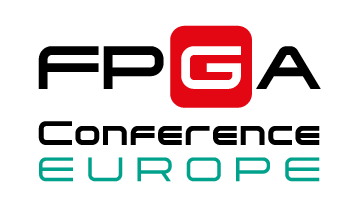Lecture Description:
Coding FPGAs with HDLs started with traditional text editors like Vi and Emacs. Both Vi and Emacs were initially released in 1976. As HDLs became more popular, plugins were developed that made writing VHDL and Verilog a lot easier. About 20 years ago the first IDEs appeared in the software world, and a few years later for hardware languages too. They brought another level of productivity to hardware designers. At the same time, a lot of hardware engineers stuck to their beloved Vi and Emacs.
But enough history lessons, what are the latest innovations to editing HDL code with higher productivity? In the software world, there were two big events in the editor space recently: the standardization of the Language Server Protocol (LSP) and the steady move towards cloud-based editing.
The Language Server Protocol was developed by Microsoft and provides a standardized way to provide editor features such as navigation, autocomplete and diagnostics. It allows tool builders to offer VHDL and (System)Verilog support to multiple editors at once, with the VS Code editor as reference implementation. LSP is an elegant solution to combine the advantages of lightweight editors and resource-heavy IDEs.
Another anticipated trend in HDL design and verification is a move towards cloud solutions. Most companies already prefer cloud environments from an infrastructure point of view. But at the same time, they prefer all source code in a safe, central location. So the right balance must be found. Thanks to plugins such as "Remote SSH access" there are now a lot of options, and a smooth transition is possible.
In this talk, we will give an overview of the history of innovations in the HDL editor landscape. Next, we'll dive into more recent innovations: what are the expected advantages and when do we expect them to become available for HDL users.



